Remimazolam induced cytotoxicity mediated through multiple stress pathways and acted synergistically with tyrosine kinase inhibitors in hepatocellular carcinoma
- PMID: 40053437
- PMCID: PMC11892054
- DOI: 10.1080/13510002.2025.2475696
Remimazolam induced cytotoxicity mediated through multiple stress pathways and acted synergistically with tyrosine kinase inhibitors in hepatocellular carcinoma
Abstract
The primary treatment for hepatocellular carcinoma (HCC) involves surgical removal of the primary tumor, but this creates a favorable environment for the proliferation and spread of residual and circulating cancer cells. The development of remimazolam-based balanced anesthesia is crucial for future antitumor applications. It is important to understand the mechanisms of cytotoxicity for HCC in detail.
We performed cell viability analysis, western blotting analysis, reverse transcription-polymerase chain reaction analysis, and flow cytometry analysis in two HCC cell lines, HepG2 and Hep3B cells.
Our data demonstrated that remimazolam induced cytotoxicity by suppressing cell proliferation, inhibiting G1 phase progression, and affecting mitochondrial reactive oxygen species (ROS) levels, leading to apoptosis, DNA damage, cytosolic ROS elevation, lipid peroxidation, autophagy, mitochondrial depolarization, and endoplasmic reticulum stress. Inhibitors of apoptosis, autophagic cell death, and ferroptosis and a ROS scavenger failed to rescue cell death caused by remimazolam besylate. Our combination index revealed that remimazolam besylate has the potential to act as a sensitizer for targeted tyrosine kinase inhibitor therapy for HCC.
Our findings open up new possibilities for combinatory HCC therapy using remimazolam, leveraging its dual functional roles in surgery and drug therapy for liver cancers.
Keywords: Cytotoxicity; cell death; drug synergy; mitochondrial dysfunction; reactive oxygen species; remimazolam-based balanced anesthesia; stress; tyrosine kinase inhibitor.
Conflict of interest statement
No potential conflict of interest was reported by the authors.
Figures



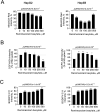
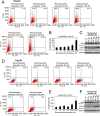
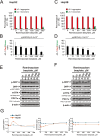
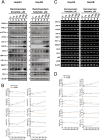


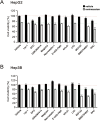
References
-
- Kuang Q, Zhong N, Ye C, et al. . Propofol versus remimazolam on cognitive function, hemodynamics, and oxygenation during one-lung ventilation in older patients undergoing pulmonary lobectomy: A randomized controlled trial. J Cardiothorac Vasc Anesth. 2023;37(10):1996–2005. doi:10.1053/j.jvca.2023.06.027 - DOI - PubMed
-
- Lee J, Kim DH, Ju JW, et al. . Comparison of recovery profiles between total intravenous anaesthesia with propofol or remimazolam reversed with flumazenil in patients undergoing breast surgery: A randomised controlled trial. Eur J Anaesthesiol. 2024;41(3):199–207. doi:10.1097/EJA.0000000000001951 - DOI - PubMed
MeSH terms
Substances
LinkOut - more resources
Full Text Sources
Other Literature Sources
Medical
